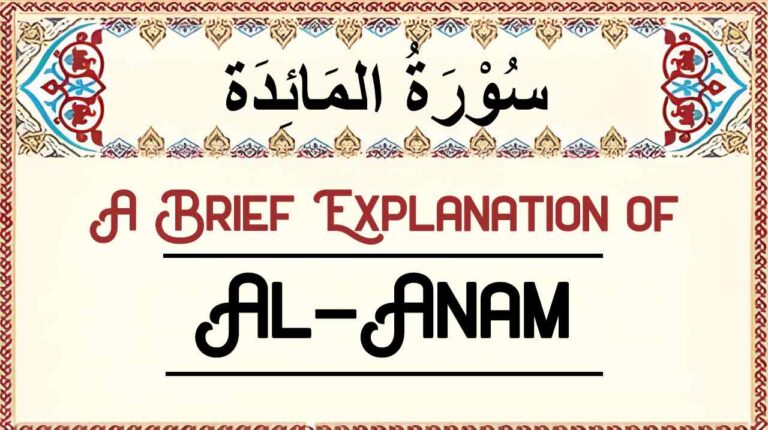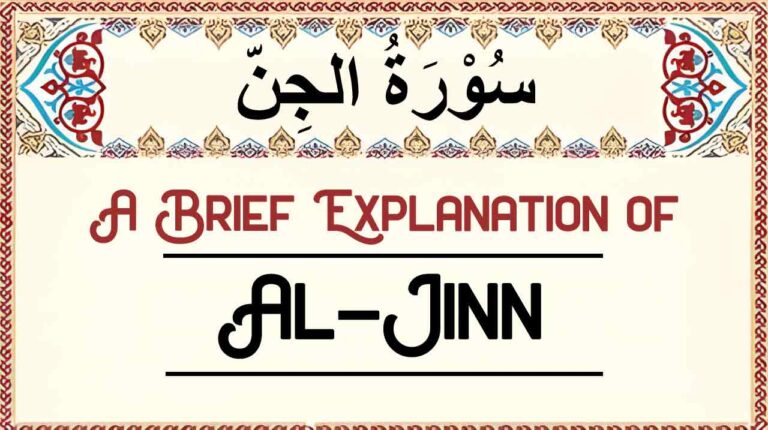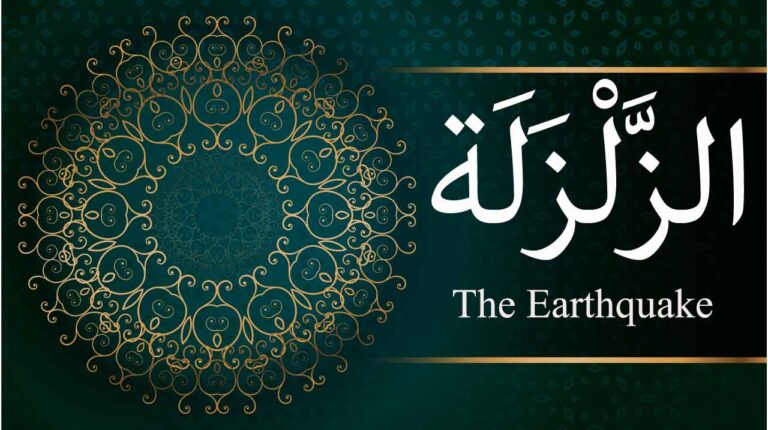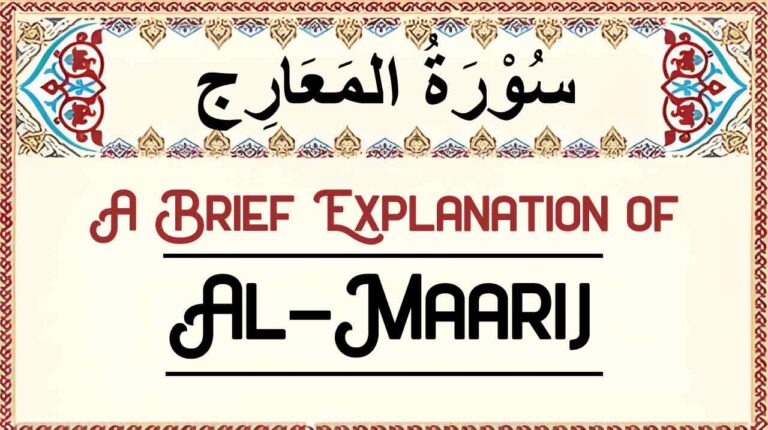For centuries, scholars and researchers have delved into the depths of the Quran, seeking hidden numeric patterns and miracles within its verses, chapters, letters, and words. The allure of uncovering numerical phenomena that seem to defy explanation has captured the imaginations of many, driving them to decipher the Quran’s mysteries. However, this pursuit has not been without its challenges and controversies. From Ibn Arabi to Rashad Khalifa, scholars have ventured into this realm, but their findings have often faced inaccuracies and misinterpretations. Despite these challenges, the notion of numeric miracles remains intriguing, and a deeper examination is necessary to determine their authenticity.

The Numeric Hypothesis: Rashad Khalifa’s Perspective
Rashad Khalifa’s hypothesis centered on the number 19 as a key element of the Quran’s numeric structure. He claimed that the Quran is fundamentally built upon this number, and he identified various instances where numbers were significant. One of his assertions was that the phrase “Basmala” (In the name of Allah, the Most Gracious, the Most Merciful) is repeated 19 times throughout the Quran. However, his calculations faced criticism due to discrepancies in his findings. For instance, while he claimed the word “Bism” was repeated 19 times, it was actually mentioned 22 times, debunking his theory.
Khalifa’s hypothesis extended to other words as well. He proposed that the word “Allah” was repeated 2698 times (19 * 142). Yet, a closer examination revealed that “Allah” was repeated 2699 times, further undermining his claims. Despite identifying some accurate numeric agreements, Khalifa’s method of mingling true numbers with incorrect ones led to skepticism about the validity of his hypothesis.
The Pitfalls of the Numeric Approach
Khalifa was not alone in his pursuit of numeric miracles within the Quran. Many other researchers have fallen into similar traps, often unintentionally, due to incorrect letter counting or flawed methodologies. These researchers have found patterns that may seem compelling at first glance but do not hold up under closer scrutiny. These inaccuracies raise concerns about the robustness of these numeric miracles and the reliability of their findings.
The True Numeric Miracles
Amidst the inaccuracies and misinterpretations, some agreements based on the number 19 do exist in the Quran. The 30th verse of Surah Al-Mudathir, which states “Over it are Nineteen,” has been a subject of contemplation. While not all numeric agreements are as explicit as Khalifa claimed, some patterns do emerge. For example:
- The number of chapters in the Quran is 114, a multiple of 19.
- The number of letters in the first verse (Basmala) is 19.
- The occurrences of the letter “Q” in chapters like “Qaf” and “Ashuraa” are 57 (3 * 19).
- The occurrences of “yaâ” and “sine” in Surah Yasin are 285, a multiple of 19.
- The opening verse, known as “Basmalah,” consists of precisely 19 letters.
- The Quran comprises 114 chapters (suras), a remarkable 19 times 6.
- The total verses, including numbered and unnumbered ones (Basmalahs), amount to 6346, or 19 times 334.
- The Basmalah appears 114 times, except in Sura 9 (it occurs twice in Sura 27). The count aligns with 19 times 6.
- From the missing Basmalah in Sura 9 to the extra one in Sura 27, precisely 19 suras are present.
- The sum of sura numbers from 9 to 27 equals 342, or 19 times 18.
- The total words between the Basmalahs in Sura 27 amount to 342, matching 19 times 18.
- The famous first revelation (96:1-5) consists of 19 words.
- The 19-worded first revelation encompasses 76 letters, or 19 times 4.
- Sura 96, the first in chronological order, comprises 19 verses.
- The first chronological sura sits atop the last 19 suras.
- Sura 96 contains 304 Arabic letters, equaling 19 times 16.
- The last revelation (Sura 110) is made up of 19 words.
- The first verse of the last revelation (110:1) has 19 letters.
- Fourteen different Arabic letters form 14 sets of “Quranic Initials” that prefix 29 suras. The total, 57, equals 19 times 3.
- The sum of the 29 sura numbers with Quranic Initials is 822. Adding 14 (sets of initials) makes it 836, or 19 times 44.
- Between the first initialed sura (Sura 2) and the last (Sura 68), 38 un-initialed suras are present, aligning with 19 times 2.
- Between the first and last initialed sura, we find 19 sets of alternating “initialed” and “un-initialed” suras.
- The Quran mentions 30 numbers. The sum of these numbers, 162146, equals 19 times 8534.
- Counting the letter “Q” in every “Verse 19” throughout the Quran adds up to 76, or 19 times 4.
- The unique initial “NuN” (Noon) in Sura 68 counts as two N’s, appearing 133 times in the N-initialed sura, aligning with 19 times 7.
- The letter “S” (Saad) occurs 152 times across three suras (7, 19, and 38), equating to 19 times 8.
- The realization of “19” as the Quran’s common denominator occurred in January 1974, coinciding with 19 times 74 lunar years from the Quran’s revelation in 13 B.H.
- The letters “Y” and “S” in Sura 36 combine to 285, or 19 times 15. This sura presents a remarkable phenomenon with two forms of the letter “Y.”
The Complexity of Numeric Miracles
While some numeric agreements may exist, they often arise from patterns that also involve other numbers. For instance, the number 7 is also prevalent in the Quran. This complexity challenges researchers to discern whether these patterns are genuinely miraculous or merely coincidental. The Quran’s emphasis on numbers like 7, 12, and 365 can be seen as symbolic and representative of certain concepts rather than strict numerical calculations.
Conclusion
The pursuit of numeric miracles in the Quran is a fascinating endeavor that has intrigued scholars for centuries. Rashad Khalifa’s hypothesis regarding the number 19, while captivating, did not withstand scrutiny due to inconsistencies and inaccuracies. Despite these challenges, some patterns do emerge in the Quran’s numeric structure. However, the true nature of these patterns, whether miraculous or coincidental, remains a subject of ongoing discussion. As researchers continue to explore this intricate realm, it is essential to approach the subject with rigorous methodologies and to acknowledge the complexity of the Quran’s teachings, which extend far beyond mere numbers.
Allah Bless you All!
Miracle of the Quran: Can Shock Really Turn Children’s Hair White?






